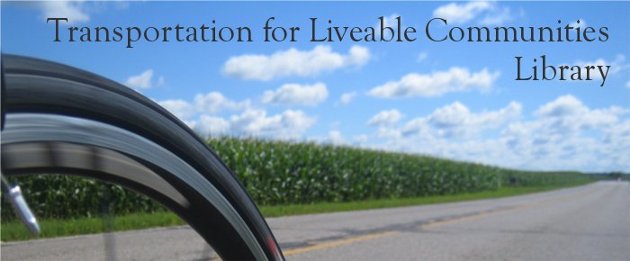“I personally wouldn’t ride my bicycle on the streets of Burlington. I wouldn’t feel safe doing that,” he said.
Burlington roads becoming safer
Fairview & Maple The intersection of Fairview Street and Maple Avenue has the most accidents in Burlington.
Gary Yokoyama/The Hamilton Spectator
BURLINGTON Take a population of 173,000. Give it 1,595 kilometres of road to travel on. Add cars, cars and more cars. Then hold your breath, hoping no one gets hurt.
The good news? While Burlington’s population grew by 3,000 in 2009 and the number of kilometres of road in its jurisdiction increased by 28 kilometres, the number of reportable collisions dropped by 300 to 1,656. That still equates to 4.5 collisions per day.
Since 2005, the number of collisions on Burlington streets has decreased by 10.3 per cent (190 collisions).
Burlington roads are getting safer, suggests Chris Day, supervisor of traffic services. Day’s 2009 road safety assessment will be presented to city councillors Wednesday.
Day credited the triple E effect for the safer streets: engineering, enforcement and education.
And it’s not only collisions that are down. The number of personal injury collisions has decreased 6.4 per cent from 2005 to 2009. There were 295 such collisions in 2009 and one fatality. Injuries occurred in about 18 per cent of all crashes.
Of the 1,656 collisions in 2009, 46 involved pedestrians (2.8 per cent), 38 involved cyclists (2.3 per cent) and 31 involved impaired drivers (1.9 per cent).
Day’s report outlines the top 20 locations in the city that need improvements. The most accident-prone intersection in the city remains Fairview Street and Maple Avenue which has been plagued by rear-end collisions as drivers attempt to turn right onto Fairview from the northbound lanes on Maple Avenue.
“Fairview and Maple Avenue continues to be the top intersection for collisions in the city although we have seen the number of collisions there decrease over the last few years,” Day noted.
That intersection had 178 collisions from 2005 to 2009.
Burlington Councillor Paul Sharman, who has been critical of a Burlington Transit system that is shunned by 97 per cent of residents, wonders half-jokingly whether congested traffic has led to fewer accidents.
“I think that is true. I think we are going slower,” he said, adding a crackdown on impaired driving has likely played a role as well.
Sharman said Burlington is car-friendly. Not so much for cyclists.
“I personally wouldn’t ride my bicycle on the streets of Burlington. I wouldn’t feel safe doing that,” he said.
The top five intersections Day’s report has recommended for improvements are: Fairview/Maple; Fairview between Drury Lane and Guelph Line; Waterdown Road between Flatt Road and Ireson Road; Plains Road between Francis Road and King Road; and Corporate Drive/Mainway.
905-526-3388
